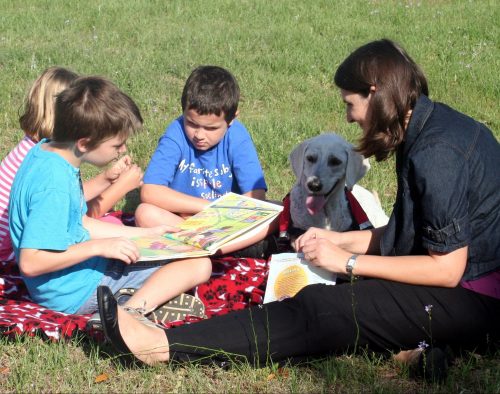
Creating an Emotionally Healthy School Climate
October 28
WPHF is partnering with OCPS to bring lessons learned from conference to Winter Park Consortium schools
As the U.S. population ages and people stay healthy and active longer, communities must adapt. The AARP Network of Age-Friendly Communities helps participating communities become inclusive places for people of all ages by adopting features that promote health and sustain economic growth, and make for happier, healthier residents.
The AARP Network of Age-Friendly Communities is an affiliate of the World Health Organization’s Global Network of Age-Friendly Cities and Communities, an international effort launched to help cities prepare for their own and the world’s growing population of older adults and the parallel trend of urbanization. To date, Florida participation consists of seven municipalities. The City of Winter Park seeks to become the eighth. A three-year grant of $55,300 was recently awarded by the Winter Park Health Foundation to make this possible.

Being an age-friendly community requires a commitment to a cycle of continuous improvements that consist of the following phases and related activities:
Entering the Network
Planning
Implementation and Evaluation